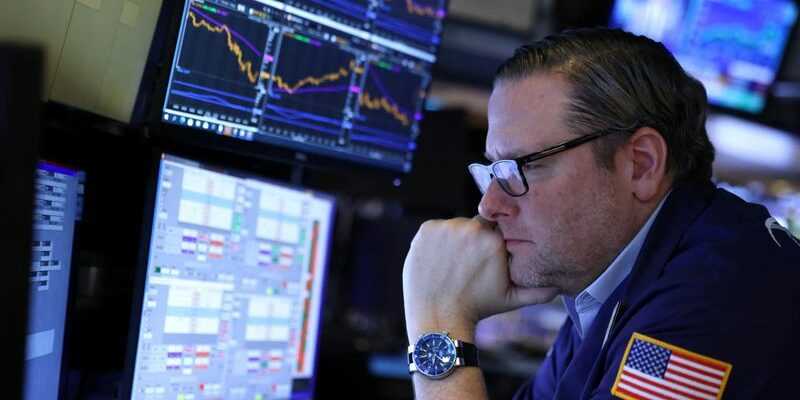Wild moves have been the norm in commodities over the past few weeks, with the war in Ukraine and subsequent sanctions on Russia helping to push oil prices to 14-year highs and natural gas prices to near lows. records. Wheat and copper prices are close to historic highs, while a doubling in the price of nickel earlier this week forced the London Metal Exchange to halt trading in this metal. [L2N2VE09Q][L2N2VE0JL]
With the U.S. economy already feeling the stress of a broad post-COVID-19 demand stimulus and a quick resolution of the West-Russia standoff uncertain, some investors are betting high prices raw materials are expected to continue for the foreseeable future.
Investors have funneled $10.5 billion into ETFs and commodity-focused mutual funds since the start of the year, including a $2.8 billion gain in the past week. ended on March 2, which was the largest positive influx in a week since July 2020, according to ICI data.
“It’s a very unique environment that we find ourselves in because you have demand shocks and supply shocks in the system at the same time,” said Eric Marshall, a portfolio manager at Hodges Capital.
Mr Marshall believes that demand for raw materials should remain strong even as geopolitical tensions ease, fueled by factors such as the production of electric car batteries, which require metals such as copper and nickel. A trillion-dollar US infrastructure bill, passed in November, is increasing demand for steel, cement and other raw materials, he said.
It is increasing its stake in steel producer Cleveland Cliffs Inc and agricultural companies Tyson Foods Inc and Archer Daniels Midland Co, while trimming its positions in consumer companies most likely to feel the brunt of rising labor costs. gases and materials.
Massive commodity rallies have increased pressure on the Federal Reserve and other central banks to tighten monetary policy and fight inflation. This has heightened fears that it will hurt economic growth, as higher prices are already weighing on consumers.
Investors widely expect the Fed to announce the first rate hike since 2018 at the end of its monetary policy meeting next week and have priced a 1.75 percentage point tightening this year. Data this week showed consumer prices rose at their fastest pace last month in 40 years. [L2N2VC2QK][FEDWATCH]
Matthew Schwab, portfolio manager of Harbor Capital All-Weather Inflation Focus ETF, increased his exposure to oil and metals futures. Industrial metal prices are expected to remain high due to underproduction during the coronavirus pandemic, while oil companies appear content to trade lower production for higher prices, he said.
“You are able to see the signs of a recovery in commodity prices in the lack of investment over the past decade,” Schwab said.
Mark Khalamayzer, lead manager of the Columbia Commodity Strategy Fund, has increased his exposure to oil and agricultural commodities to the highest limits allowed by his fund’s prospectus, betting that the conflict in Ukraine will send prices skyrocketing .
Brent crude settled at $112.67 a barrel on Friday and is up 44% year-to-date.
Even as investors try to align their portfolios with rising commodity price expectations, they worry about how the commodity rally could hurt growth.
The risk of a recession led by a sharp reduction in consumer spending increases the longer oil prices remain high, said Robert Schein, chief investment officer, Blanke Schein Wealth Management.
“If oil prices stay well above $100 a barrel for a few months, the consumer and the economy can weather it, but if oil prices $100 and above last longer than six months, that’s what when we will see the risk of recession increase,” he said.
